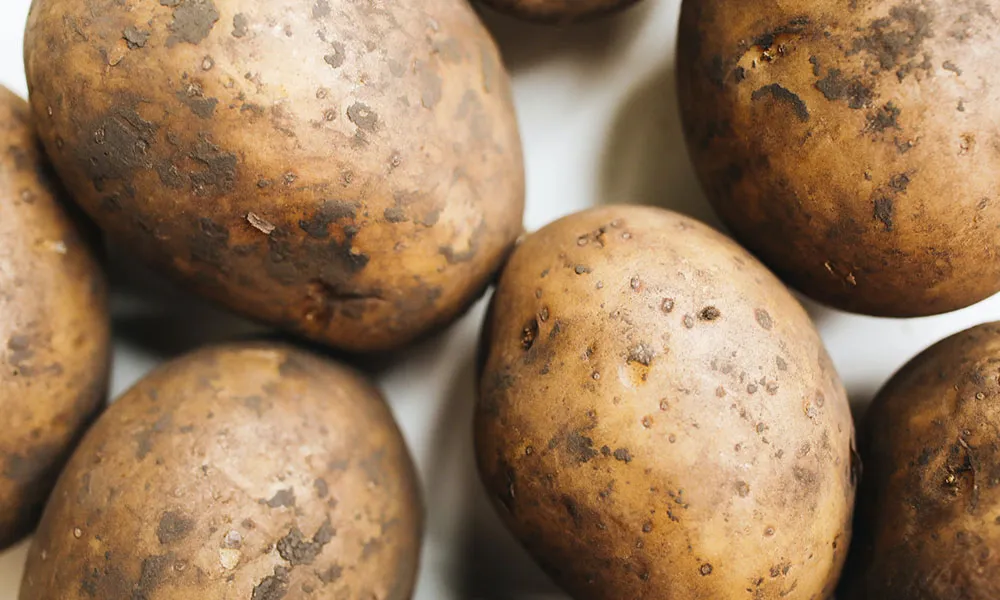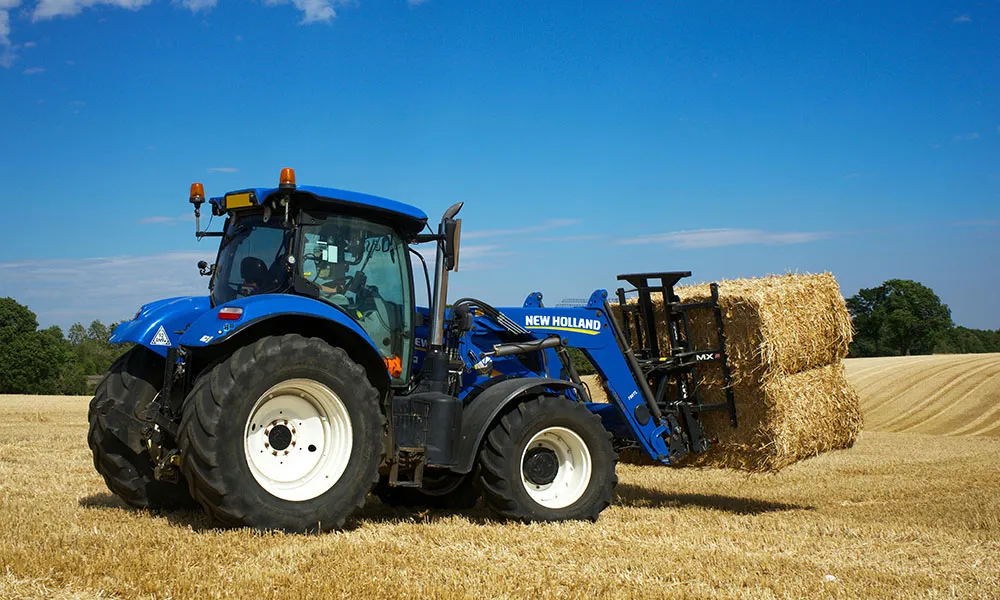
With the summer shaping up to be humid, Agridirect.ie looks at the risk of potato blight in a year when food shortages are anticipated due to the ongoing war in Ukraine.
A dreaded word
Blight. It is a word that looms large and menacing in the Irish collective psyche. It cannot be mentioned without evoking the Great Famine of 1845–1852, when millions of Irish died or fled the country as the potato crop rotted in the fields.
That such an event could ever happen on this island again is, thankfully, inconceivable. And yet, with global food supplies likely to experience a sharp decline this year due to Putin’s war in Ukraine and extreme weather events across the world, those of us with spuds in the ground may be feeling a bit nervous. For some of us, a couple of ridges of spuds feels like an insurance policy in an increasingly volatile global food market.
The humble spud
Like most Irish people, I am a huge fan of the humble spud. Potatoes are one of the highest yield and low maintenance crops you can grow. They will grow almost anywhere, and require very little attention once planted.
Unfortunately, it was these precise qualities that made them so appealing to the peasant Irish of previous generations, and led our ancestors to rely completely on them as the staple of their diet. The consequences of this dependence on a single crop were so disastrous because the potato, for all its versatility and resilience, has a fatal Achilles’ Heel. A bad strike of blight can wipe out the entire crop, and leave you with nothing but soft, black and rancid-smelling tubers not even fit for pig feed.

What is blight and what causes it?
Potato blight is caused by an oomycete pathogen called Phytophthera Infestans. This fungus will survive the winter months in infected potatoes (tubers) that have been left lying in the earth post-harvest. This is why it is always highly recommended that you collect all tubers during potato harvesting. Infected tubers can also make their way into the winter store, so it is important to check all potato seeds closely for signs of infection when planting.
Beware the mid-summer rains
Typically, the first cases of blight in the maincrop occur in the middle of summer, with mid to late July being a common time for the onset of disease in crops. Weather conditions play a key role in the spread of the disease. You will rarely have bad cases of blight if the summer months are very dry – a rare occurrence in Ireland. Instead, blight will thrive in very humid conditions – precisely the kind of weather we have had for most of this month and which looks set to continue for the foreseeable future.
Preventing Phytophthera Infestans
Thankfully, there are many different approaches to preventing blight from destroying our potato crop. First of all, there are many “blight resistant” potato breeds on the market. We have enjoyed great success with Caras and Sarpo Miras in recent years. Sarpos, in particular, have the dry, floury quality that makes for excellent mash and colcannon. You won’t miss Roosters in the slightest if you opt for these lesser known varieties!
If you are determined to stick with more traditional breeds, however, you will probably need to spray your crop during the high-risk periods. You should always keep an eye out for Met Éireann’s blight warnings, and spray accordingly. If you are reluctant to use chemical sprays, as many small-scale producers are, you can simply spray with a bluestone/water solution. Bluestone is copper sulphate, an innocuous substance that is highly effective at combatting blight when sprayed at appropriate concentrations.
Thanks for reading
Are you growing your own potatoes for the first time this year? Or are you an experienced potato farmer? No matter what your story is, if you’re a farmer we’d like to hear your story. Please be sure to share your thoughts and experiences with us in the comments section, and to follow us on Facebook!
And finally, as always, thanks for reading!











